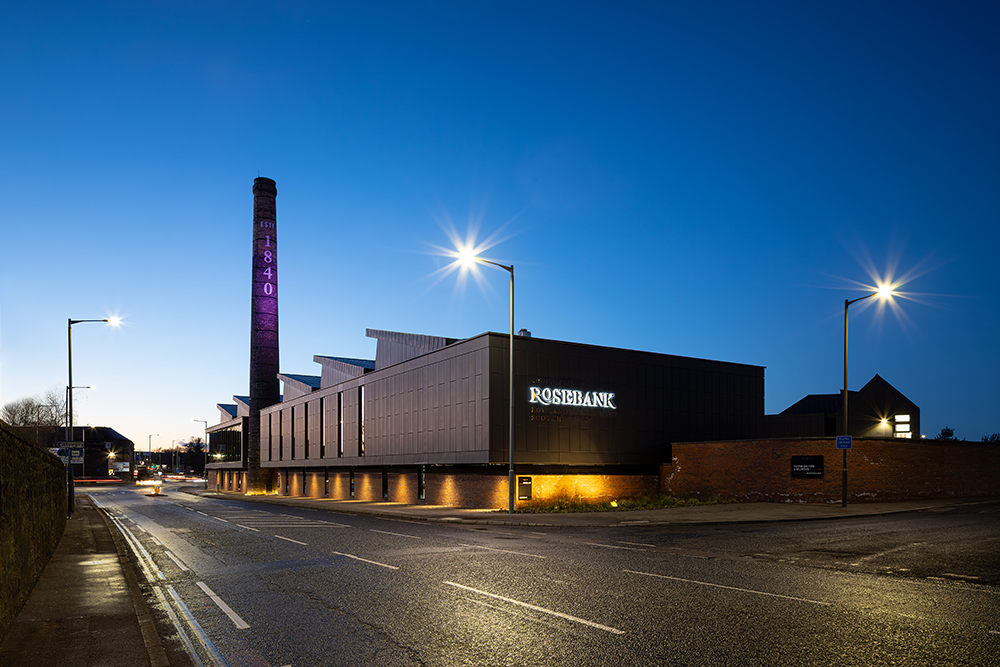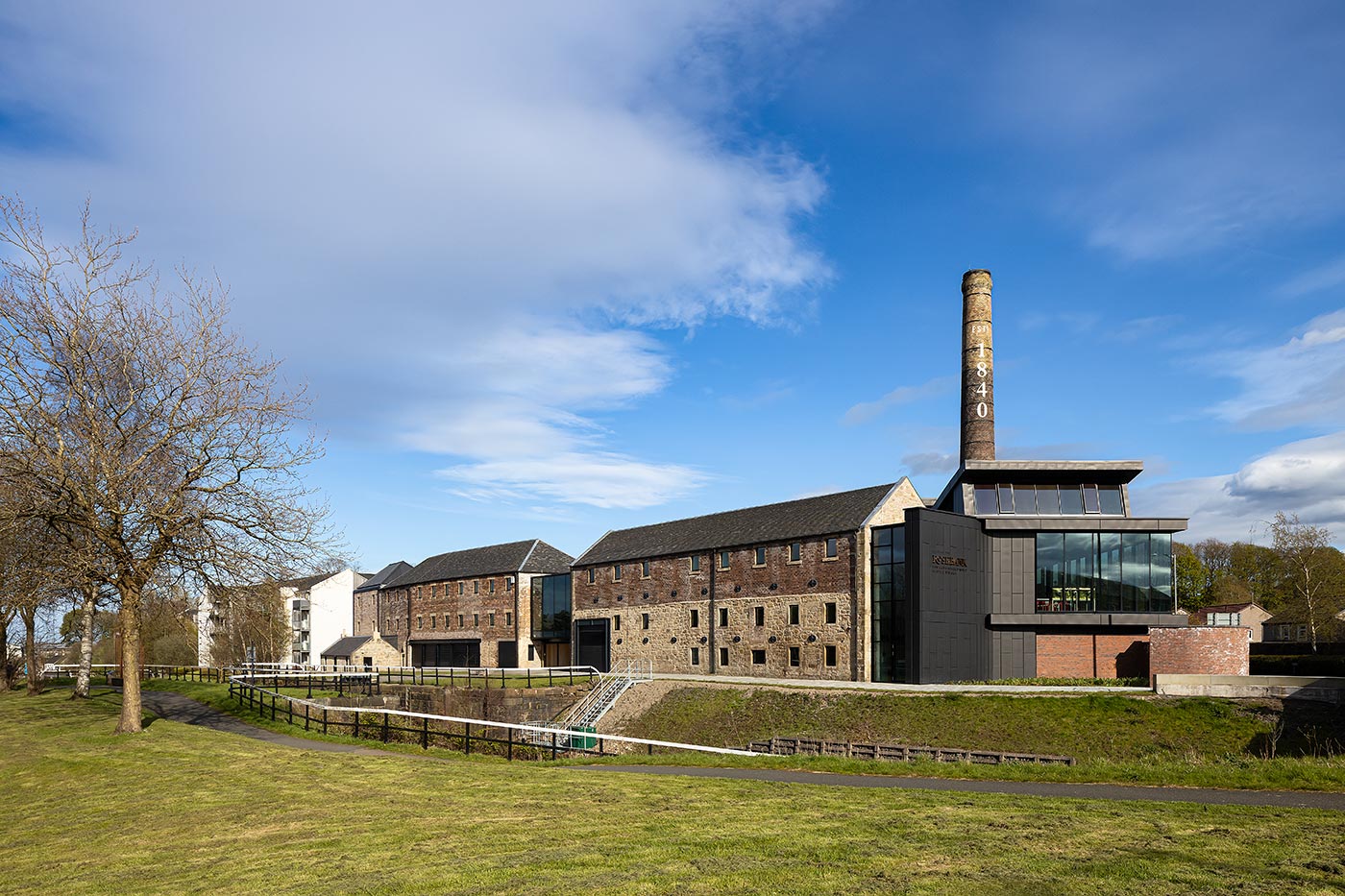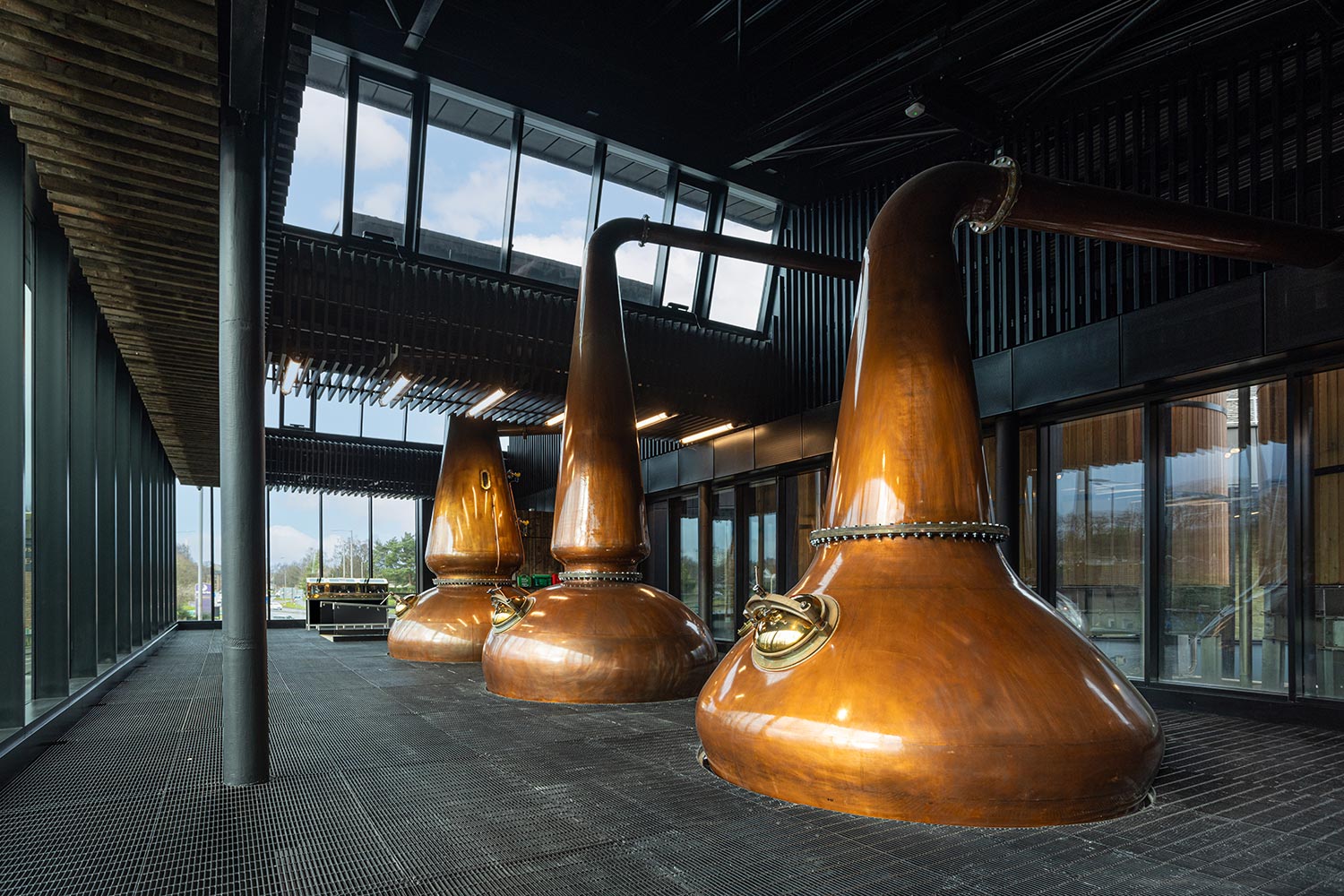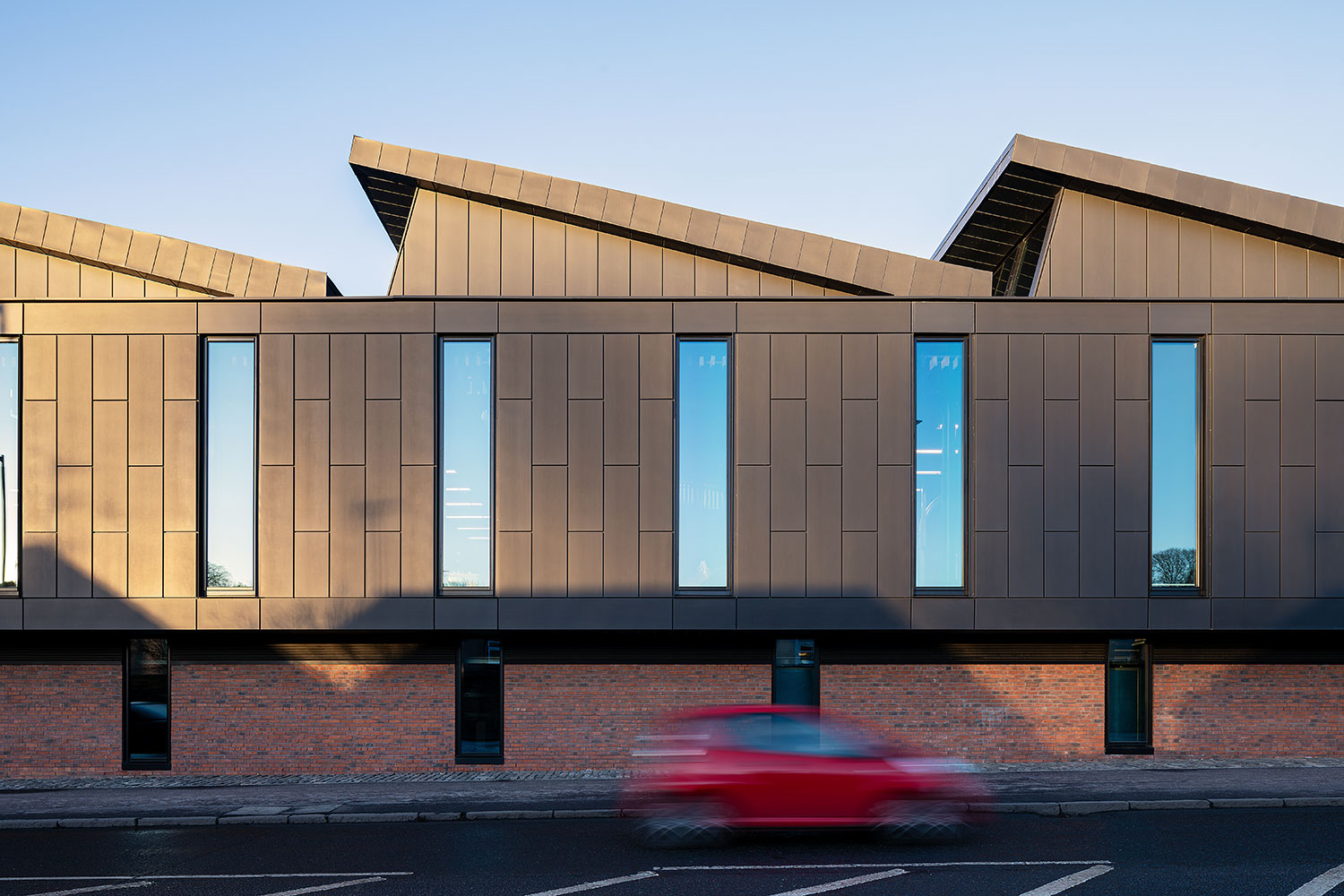Rosebank Distillery
A second life for the home of a beloved whisky
The Challenge
Established in 1840, Rosebank was known as the ‘King of the Lowlands’ for its high-quality, triple-distilled whisky. However, recessions, reduction in consumption, two world wars, and soaring maintenance costs all took their toll. When the business eventually closed in 1993 the distillery was abandoned and fell into disrepair.
Acquiring the dilapidated site in 2017, MacLeod Distillers had the vision of reviving the iconic Rosebank brand and restoring its former home.
Located between the Forth and Clyde canal and a busy A-road, restoring the crumbling buildings presented a number of constraints and challenges.
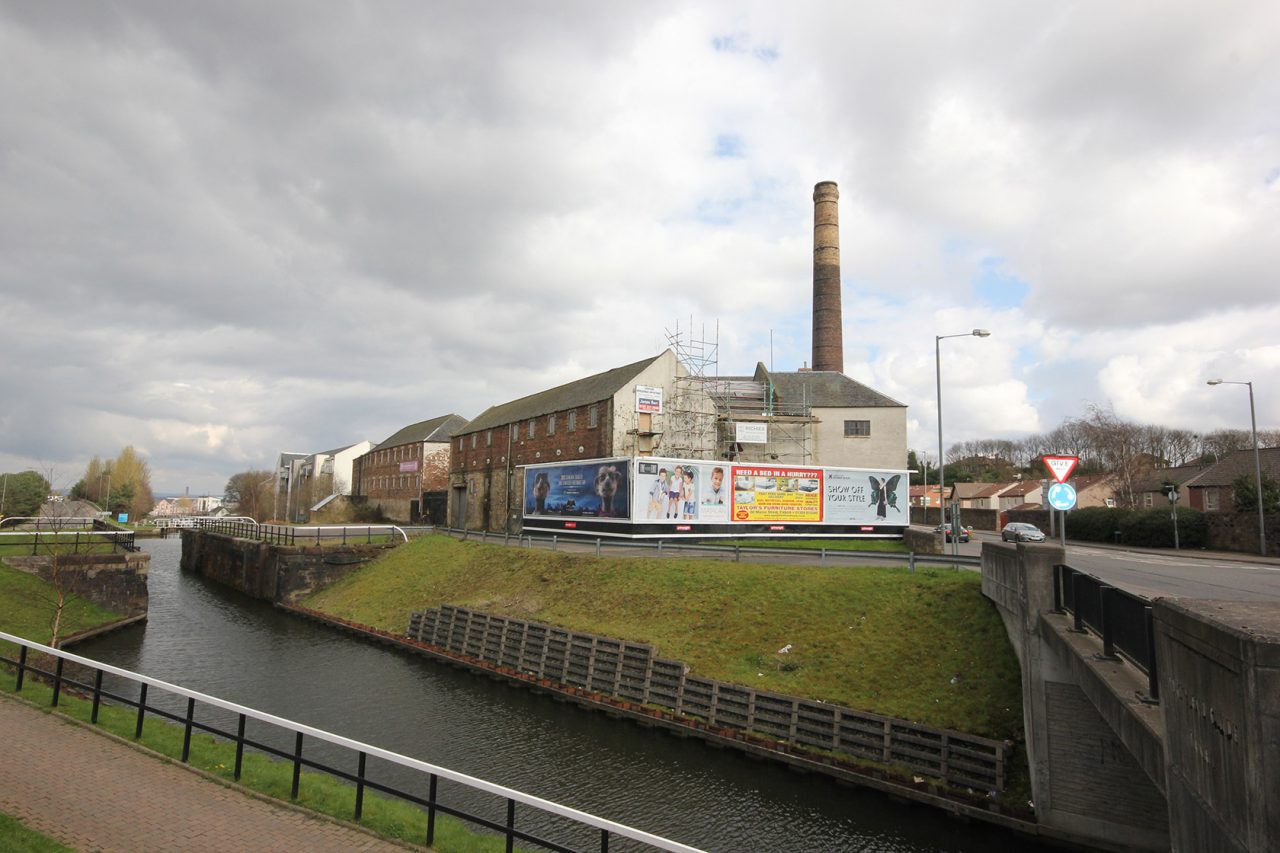
Around half of the site contained listed warehouse buildings whilst others were beyond repair. A blend of old and new was required to balance building preservation with modern building regulations.
Ensuring the commercial viability of the new distillery was an additional and important requirement. Since new whisky needs time to mature, creating an experiential hospitality destination was key to the success of the project.
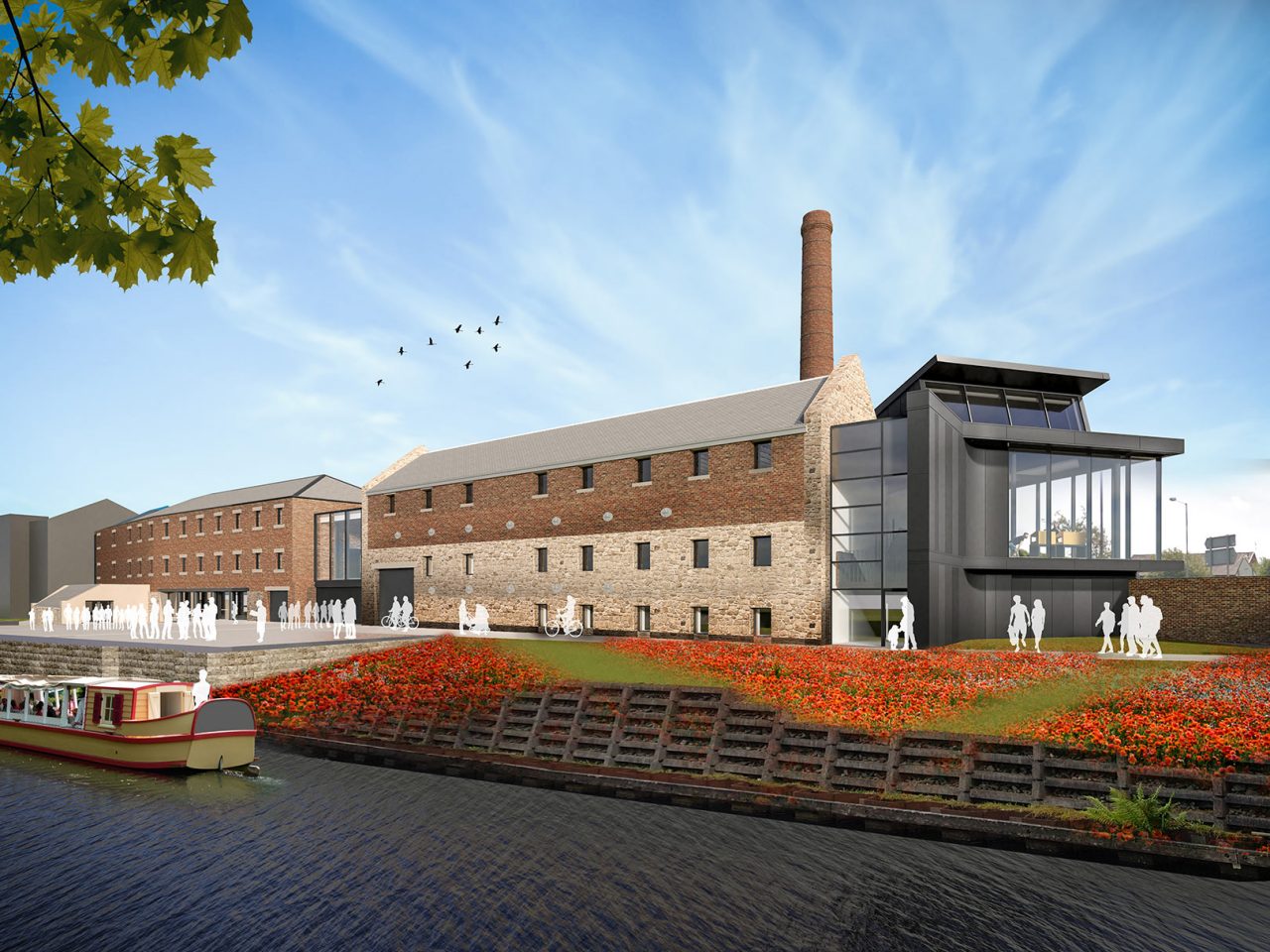
The Approach
MLA were appointed to transform the Rosebank site into a distillery fit for the 21st century and beyond.
A series of in-depth workshops developed the brief and the company’s vision for the brand. They also identified the operational constraints and the commercial expectations of the project. Harnessing the wealth of knowledge across their operating distilleries, led the multi–faceted design team towards a collaborative single narrative.
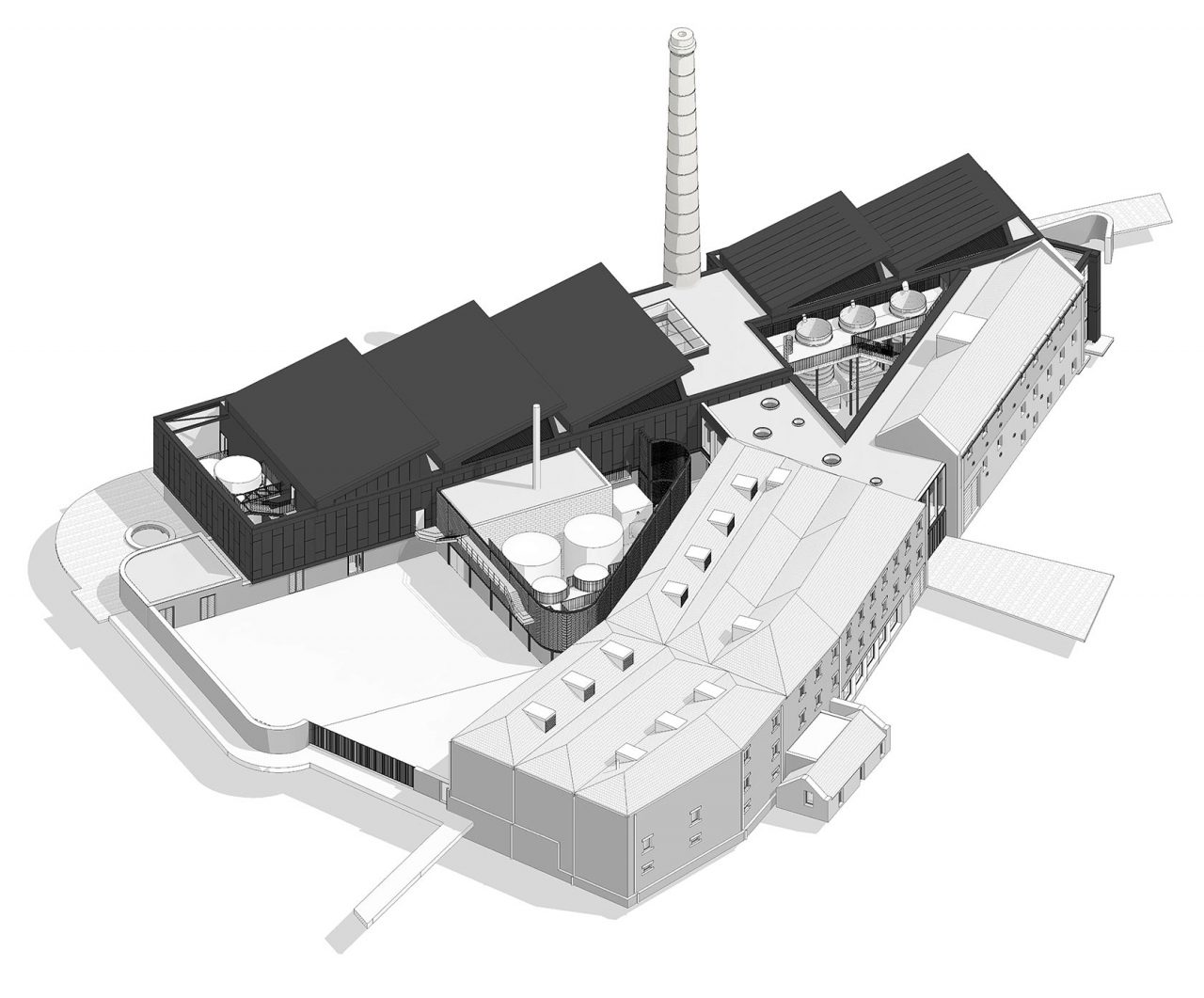
Advanced BIM (Building Information Modelling) helped secure the planning permission required. The software generated many visualisations and alleviated variations during the design development. Providing an essential collaborative tool for the build team, it also flagged potential health and safety issues for visitors to an industrial setting.
Honouring the heritage of the building, preservation and re-use were prioritised where possible. A local landmark, the 108 feet famed chimney was restored and repaired. An ‘ancient monument’ on the site, the lockkeeper’s cottage, was incorporated into the build with guidance from Historic Scotland.
A traditional ‘dunnage’ warehouse, which ensures top-notch air circulation, was built from the bricks of the original. The old mill, dating back 103 years, has been retained and will continue to be used in the whisky production process.
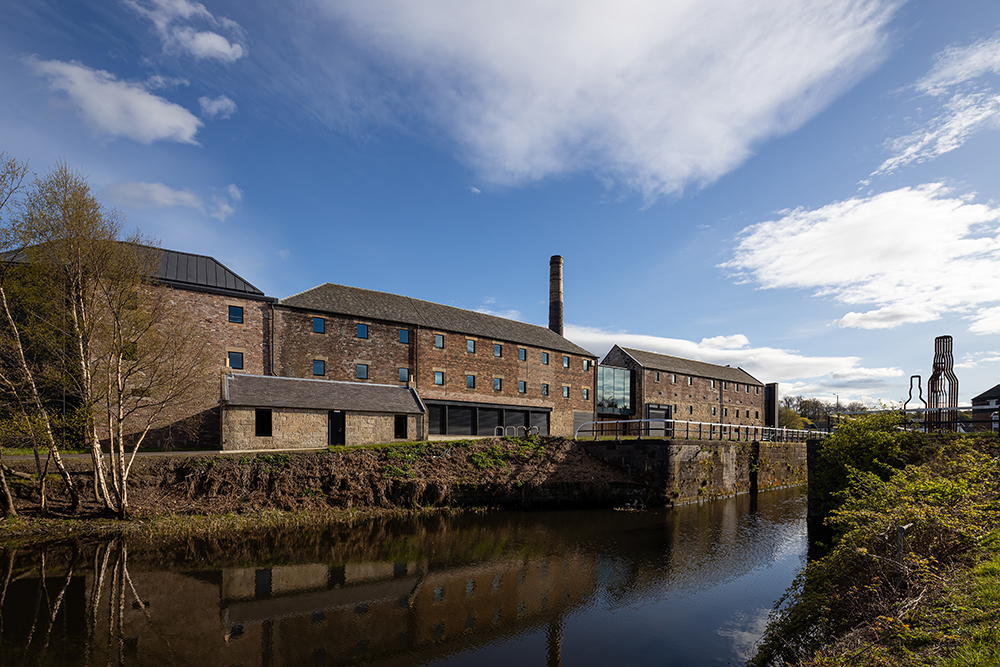
Design solution
Reflecting the historical context, the finished design blends the past with the future to stunning effect. The iconic chimneystack stands proudly alongside the striking, contemporary steel-framed new building.
Showcasing the three stunning pot stills, a full height glass frontage invites passers-by into the heart of the whisky-making process.
Because whisky distillation involves high levels of heat, recirculation and re-use of heat has been designed into the build. And for the cooling process, the design makes use of the accessibility of water from the canal running alongside.
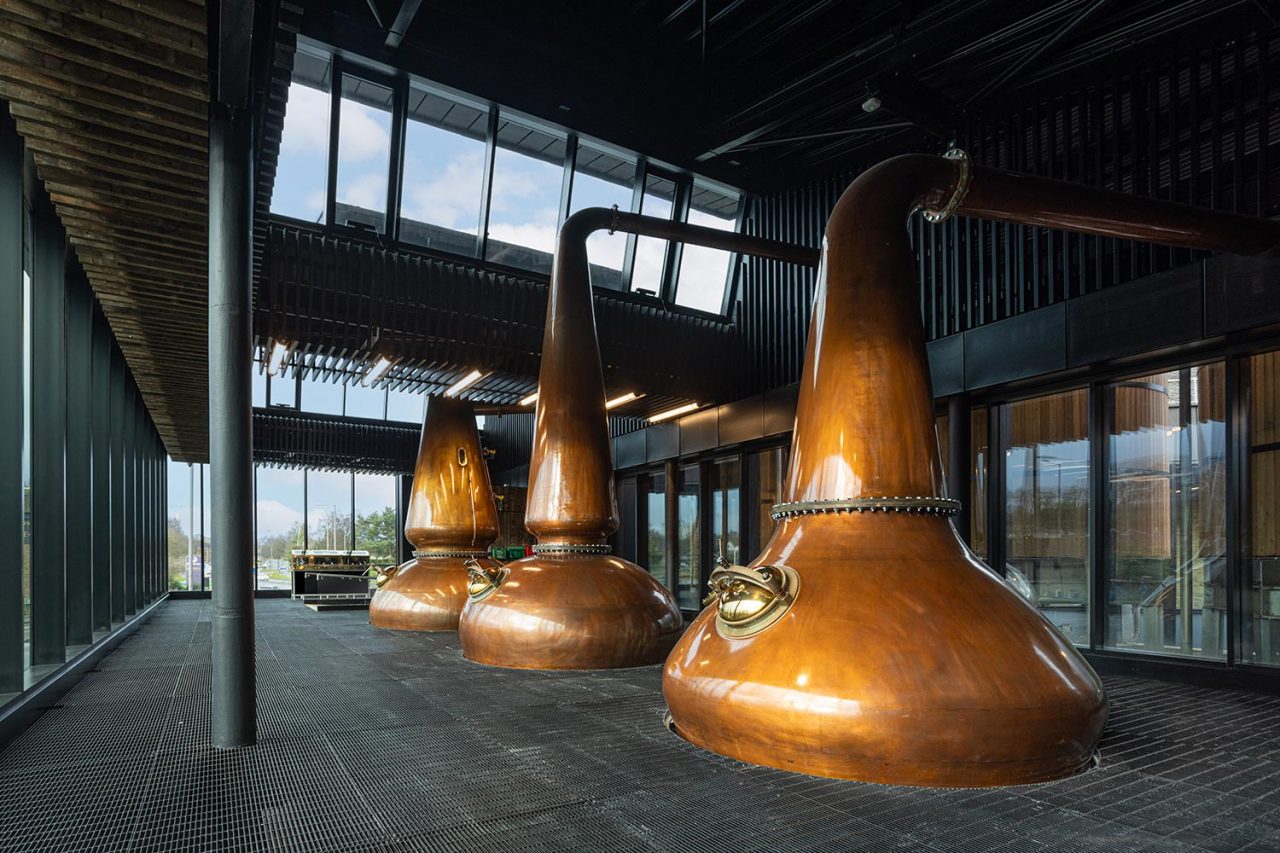
Encouraging natural ventilation, the black zinc-clad ‘sawtooth’ roof uses automated openings to manage heat released from the stills.
Victorian, red, brickwork buildings make up part of the all-important visitor centre; home to six tasting rooms. Other materials recovered from older parts of the building, including wooden beams and slate, have been re-used in the refurbishment.
And compared to the disjointed original, the new site facilitates more linear production, improving efficiencies.
A combination of artistic vision and engineering endeavour, the result is a testament to the dedication of everyone involved.
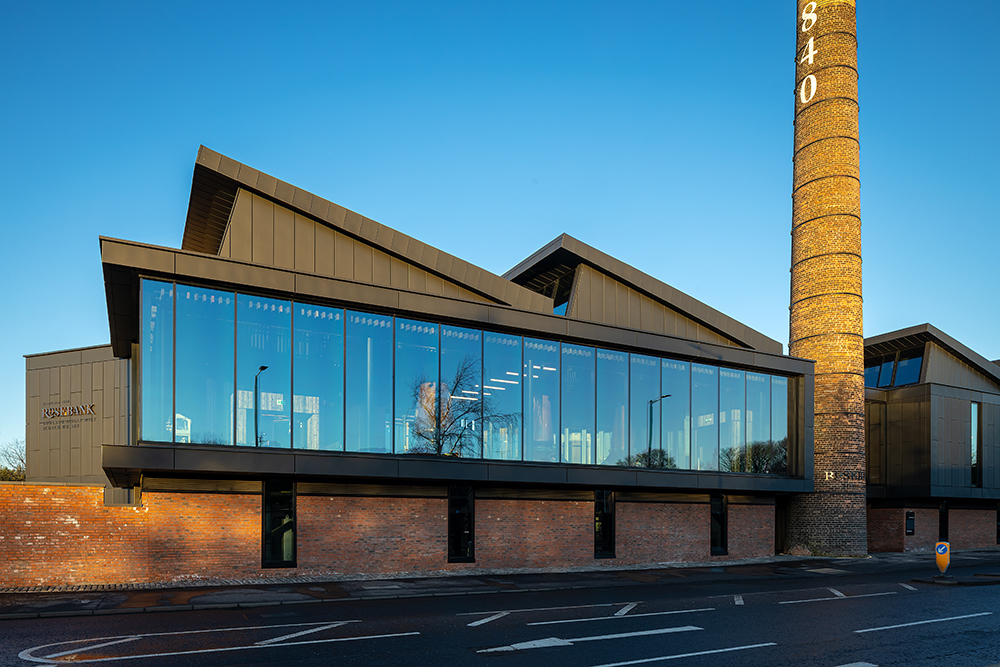
Outcomes
The development of the Rosebank Distillery secures a long-term future for the site and restores a landmark building for a new era in whisky production.
The hope is that the distillery will welcome up to 50,000 visitors per year and enhance the local tourism offer considerably. New jobs will be created in distilling, retail and tourism with further seasonal roles as required.
The distillery is on track to achieve one million litres in production and there has been huge interest in the revival of the brand.
